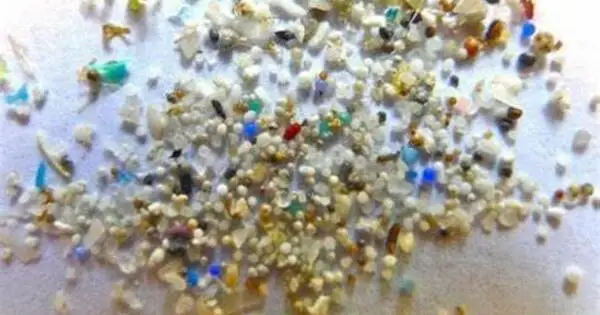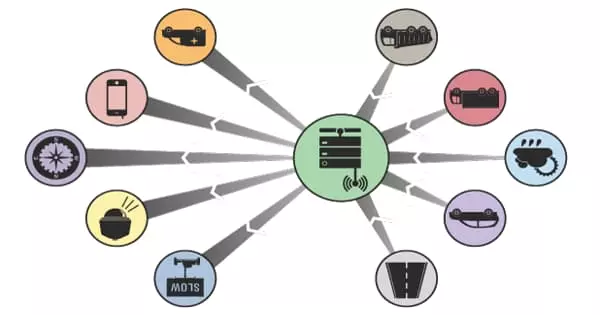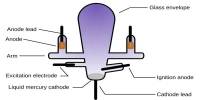An interdisciplinary research team at the University of Waterloo is utilizing artificial intelligence (AI) to detect microplastics faster and more accurately than ever before. Microplastics are abundant in food and are harmful pollutants that cause significant environmental damage; identifying them is the key to eliminating them.
The enhanced imaging identification technique developed by the research team could assist wastewater treatment plants and the food manufacturing industry in making informed decisions to reduce the possible environmental and human health impact of microplastics.
A thorough risk assessment and response plan necessitate quality information based on precise identification. In quest of a strong analytical technique capable of enumerating, identifying, and describing the numerous microplastics that exist, project leader Dr. Wayne Parker and his colleagues used an advanced spectroscopic method that exposes particles to a variety of light wavelengths. Different plastics respond differently to light exposure. These signals, similar to fingerprints, can also be used to identify whether or not particles are microplastic.
Microplastics are hydrophobic materials that can soak up other chemicals. Science is still evolving in terms of how bad the problem is, but it’s theoretically possible that microplastics are enhancing the accumulation of toxic substances in the food chain.
Dr. Wayne Parker
The challenge researchers often find is that microplastics come in wide varieties due to the presence of manufacturing additives and fillers that can blur the “fingerprints” in a lab setting. This makes identifying microplastics from organic material, as well as the different types of microplastics, often difficult. Human intervention is usually required to dig out subtle patterns and cues, which is slow and prone to error.
“Microplastics are hydrophobic materials that can soak up other chemicals,” said Parker, a professor in Waterloo’s Department of Civil and Environmental Engineering. “Science is still evolving in terms of how bad the problem is, but it’s theoretically possible that microplastics are enhancing the accumulation of toxic substances in the food chain.”
Parker approached Dr. Alexander Wong, a professor in Waterloo’s Department of Systems Design Engineering and the Canada Research Chair in Artificial Intelligence and Medical Imaging for assistance. With his help, the team developed an AI tool called PlasticNet that enables researchers to rapidly analyze large numbers of particles approximately 50 percent faster than prior methods and with 20 percent more accuracy.

The tool is the latest sustainable technology designed by Waterloo researchers to protect our environment and engage in research that will contribute to a sustainable future.
“We built a deep learning neural network to enhance microplastic identification from the spectroscopic signals,” said Wong. “We trained it on data from existing literature sources and our own generated images to understand the varied make-up of microplastics and spot the differences quickly and correctly — regardless of the fingerprint quality.”
Frank Zhu, Parker’s former PhD student, tested the technique on microplastics collected from a nearby wastewater treatment plant. The results reveal that it can detect microplastics with unparalleled speed and accuracy. This knowledge can help treatment plants implement effective ways to regulate and eradicate these contaminants.
The next steps include continuing learning and testing, as well as putting more data into the PlasticNet system to improve the quality of its microplastic recognition capabilities for use across a wide range of applications.
















